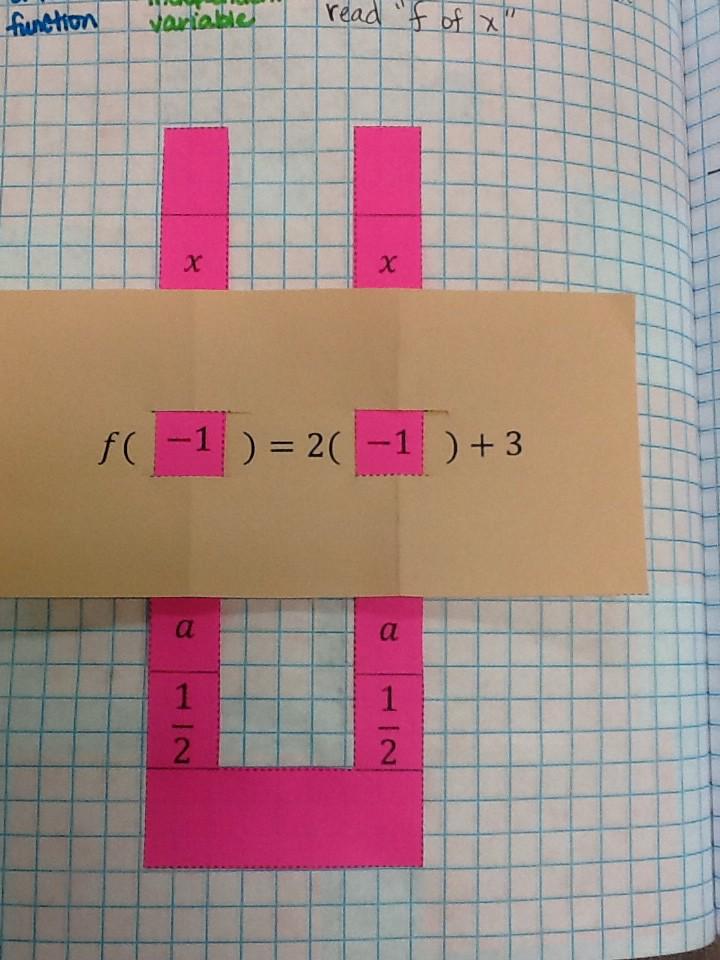My students in Algebra 1 are learning about functions, and we start with domain and range of relations. Due to amazing #MTBoS resources, I had some excellent resources to integrate into a week long lesson, which started with pictionary thanks to +John Scammell (@scamdog) and his post here.
My one good thing, however, is about the performance assessment I assigned to students using +Desmos free online graphing calculator. On our PD day at the beginning of the semester I attended a session by our curriculum director @montemunsinger about creating rubrics for performance assessments, so I used it to help set up this rubric based on my standard related to domain and range:
The assignment was to create a picture in Desmos with at least 10 relations. In addition, students must restrict the domain for three relations and the range for three relations. Then students complete a reflection where they explain one domain choice they made and one range choice they made. The reflection is important to me because it is their opportunity to share what they learned, not just what they created via trial and error. Don't get me wrong, the trial and error aspect of Desmos is the only thing that makes this assignment at all possible for my students, but I want to make sure that through the trial and error process they are learning something.
So my #onegoodthing is watching my students create! We worked on it off and on throughout almost the whole week. Some students jumped right in and have created some awesome things, others wanted to copy a previous Desmos picture they saw, but could explain polar coordinates to me (shocker!) so I made them start over (aka not copy). Some students needed a lot of guidance at first ("Try y=mx+b and substitute some things in for m and b until you get what you want. Now what part of the line do you want for your picture? How do we do that?") and then were able to take off and just ask me for help with troubleshooting when they made an error ("Why did my whole line just disappear when I did the domain?" *I check and see -7.5<=x<=-8* "Remember to put the minimum on the left and the maximum on the right...").
Hopefully, I can get permission to post some pictures here, but let's just say I've seen Olaf, a Christmas tree w/star and presents, batman symbol, personal designs, etc. My favorite part, however, is when the students learn about new types of relations. "How do I make a circle?" "How do I make an oval?" "Can you help me make this rounded?" I don't usually get to share about circles and ellipses in Algebra 1, but we did this week!
-Kathryn








